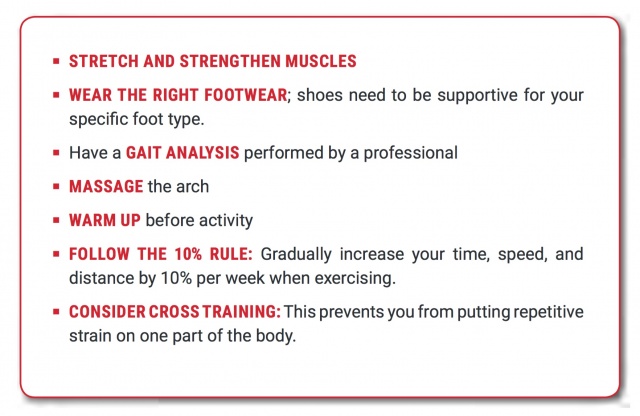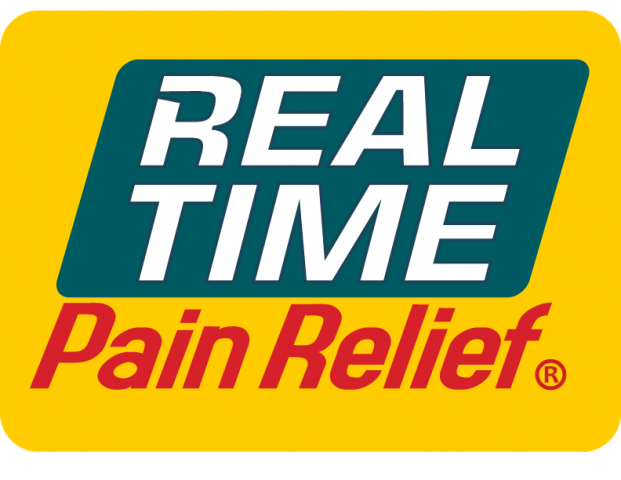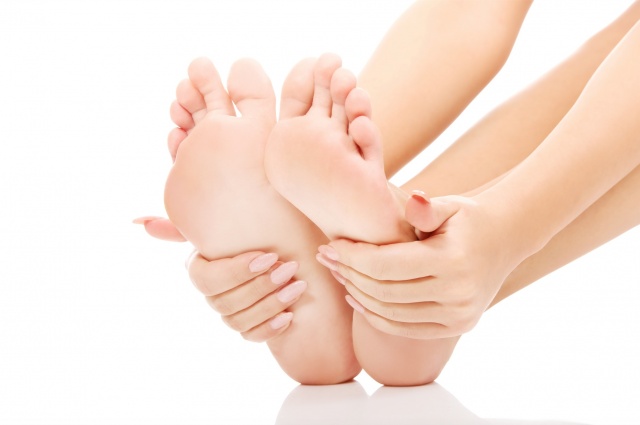 The feet bear all of our body weight and absorb shock from walking, jumping, squatting, and running. We use them to push off of the ground, giving our bodies the force that it needs to set itself in motion. Each foot has 26 bones, 33 joints, and thousands of nerve endings. The ankle of your foot is a major part of the support structure and is responsible for the mechanics of your foot, keeping your movements smooth. There are also many muscles, tendons, and ligaments in the foot that provide vital support for the feet.
The feet bear all of our body weight and absorb shock from walking, jumping, squatting, and running. We use them to push off of the ground, giving our bodies the force that it needs to set itself in motion. Each foot has 26 bones, 33 joints, and thousands of nerve endings. The ankle of your foot is a major part of the support structure and is responsible for the mechanics of your foot, keeping your movements smooth. There are also many muscles, tendons, and ligaments in the foot that provide vital support for the feet.
Injuries to the feet can range from mild to severe, depending on whether you are dealing with a blister or a fracture. However, whether the injury is mild or severe, the feet are an integral body part; if an injury has occurred, it can make moving around difficult and painful.
Types of Foot and Ankle Injuries
Plantar Fasciitis
causes consistent stiffness and pain in the heel or bottom of the foot. This pain is caused by inflammation in the plantar fascia, which is a thick band of tissue that connects your toes to your heel bone, and provides support for the arch of your foot. If this ligament is strained, it becomes swollen, weak, inflamed, and hurts whenever you stand, walk, or place pressure on your foot. This painful injury can occur if a sport requires lots of running and jumping, especially on hard surfaces.
Turf Toe
occurs when the big toe is repetitively hyperextended. It is a ligament strain in the joint of the big toe and causes pain and tenderness, especially when moving the big toe and when an athlete has to push off with their feet. Common sports that lead to this condition include soccer, football, basketball, dance, wrestling, and gymnastics. Many athletes find relief from certain taping techniques.
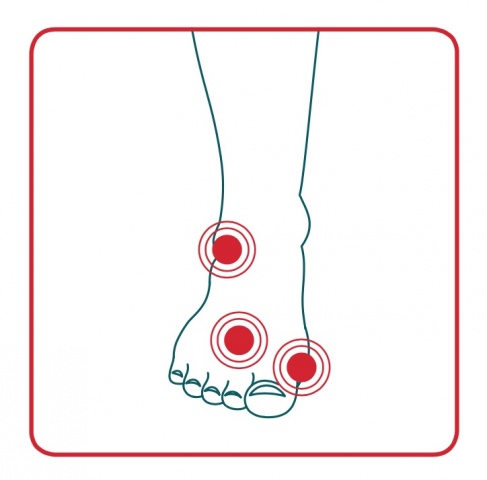 Bunions
Bunions
occur in athletes who over-pronate, meaning that they use the ligaments and bones to support their foot rather than using the muscles that support the arch. With time, this causes the big toe to angle in towards the other toes, and can eventually result in a toe deformity. It can affect an athlete’s balance and push off ability. Symptoms are pain and tenderness on the inside of the big toe, especially when wearing narrow or pointy-toed footwear, such as cleats.
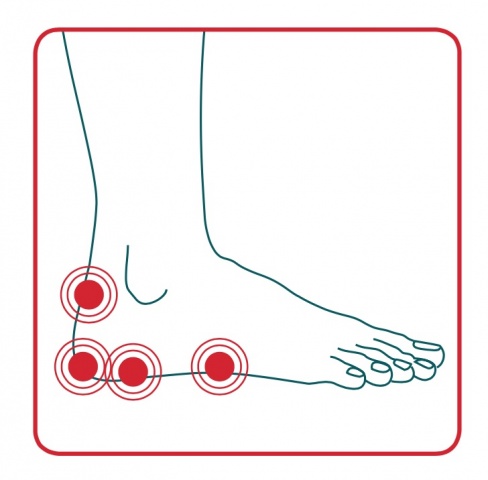 Achilles Tendinitis
Achilles Tendinitis
affects the tendon that connects the calf muscle to the back of the heel. It is mostly found in athletes who spend a lot of time running and jumping. Symptoms are extreme pain, tenderness, and inflammation in the back of the ankle just above the heel, extending up to the base of the calf. Time off from activity is the best remedy. If ignored, Tendinitis can result in chronic inflammation and pain, and may result in long-term issues.
Stress Fractures
commonly occur in the feet because of the weight they bear and the impact that is absorbed. Factors that result in foot stress fractures include a sudden increase in activity, repetitive stress from activity, and weakened bones.
Ankle and Midtarsal Joint Sprains
are common occurrences for active athletes. Symptoms include swelling, pain, bruising, tenderness, stiffness, and pain when weight is applied to the affected foot. If you develop a sprain, the best way to treat it is by taking time off to rest and recover.
Bruised Heel
can affect any athlete, but especially those who repetitively land on their feet. It occurs to the sole of the heel and causes pain when weight is applied to the foot. You are at risk of this if you train on hard, uneven surfaces, wear improper or worn out footwear, or suddenly increase your training. To recover you will need to rest from activity.
Achilles Bursitis
is caused by irritation to the bursa of the heel. It results in pain, redness, heat, and swelling at the back of the heel.
Tips to Prevent Foot and Ankle Injuries
This is Part 6 of an 11 Part Series:
- (Click Here) for Prevention Tips for Shin Splints
- (Click Here) for Prevention Tips for Tendinitis
- (Click Here) for Prevention Tips for Sprains
- (Click Here) for Prevention Tips for Muscle Strains and Pulls
- (Click Here) for Prevention Tips for Stress Fractures
Check out our articles and infographics to learn a multitude of ways to start relieving your pain naturally!
Real Time Pain Relief not only cares about the quality ingredients that go into each and every one of our products – but also about the people who buy them. We hope this blog becomes a valued resource for your own personal journey to better health. For more than 17 years, Real Time Pain Relief has provided family safe pain relief made with Nature’s Ingredients. From the useful information in our articles to our high-quality natural products, we hope you feel better and pass it on!
- Log in to post comments

